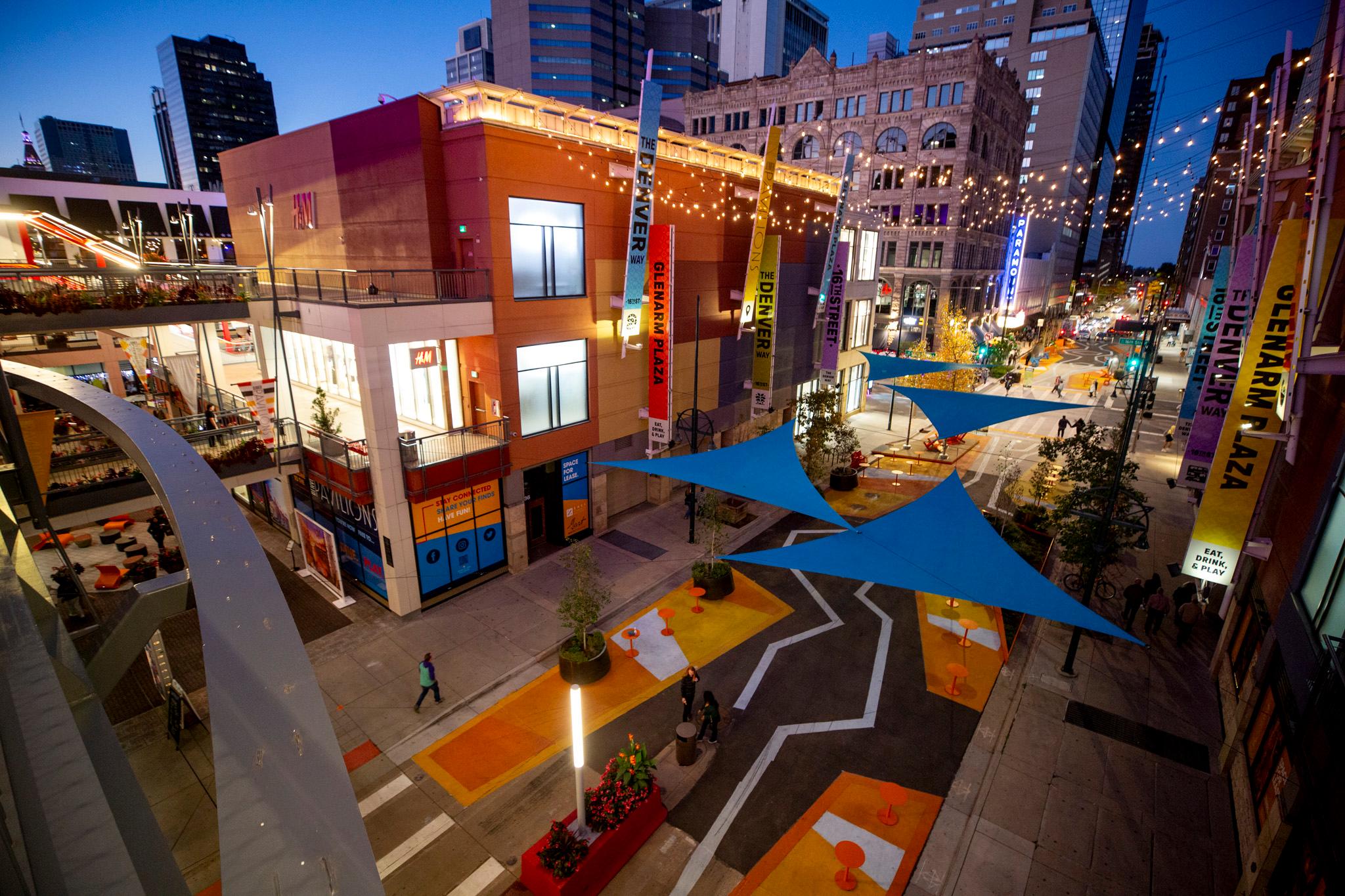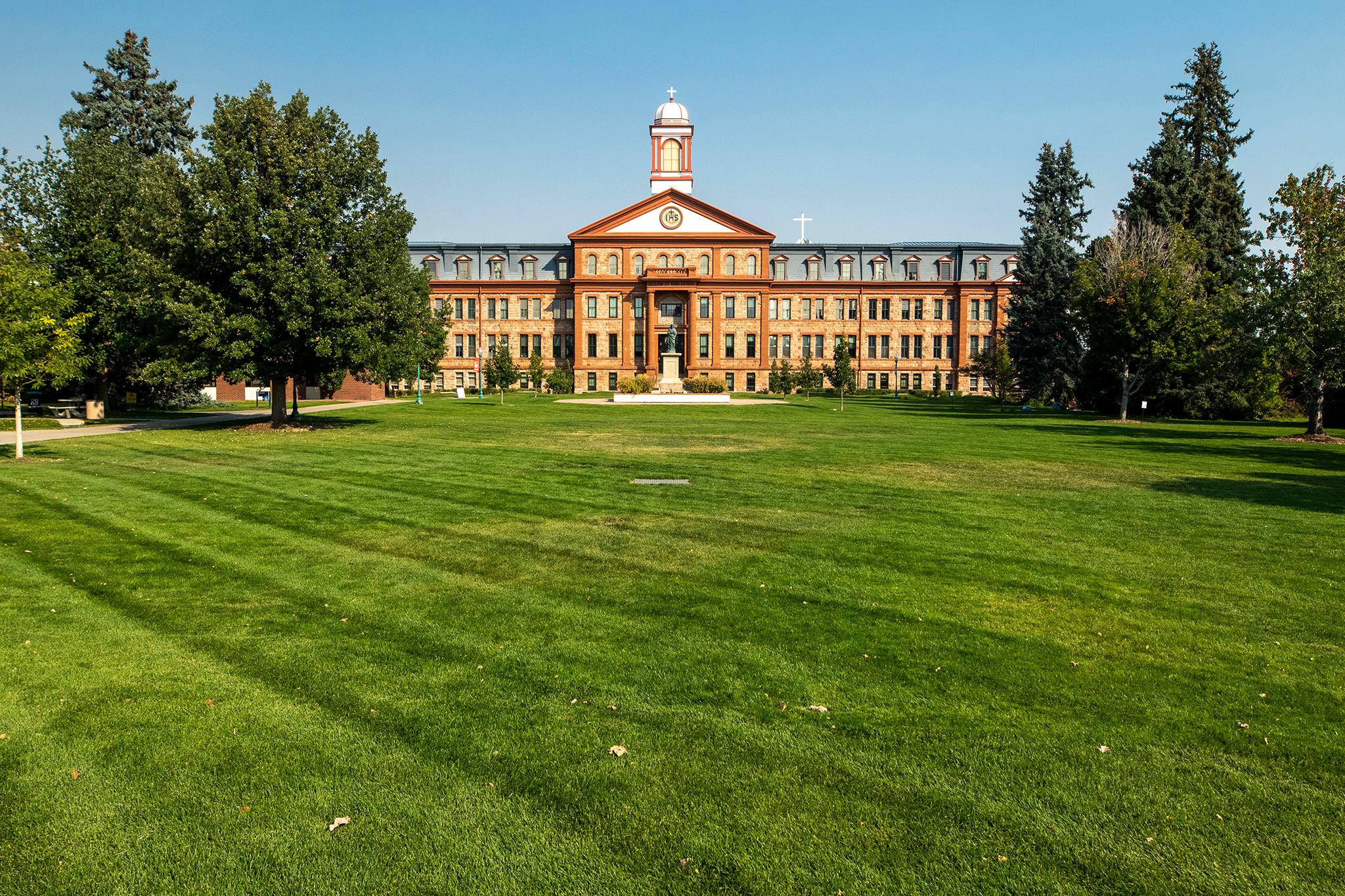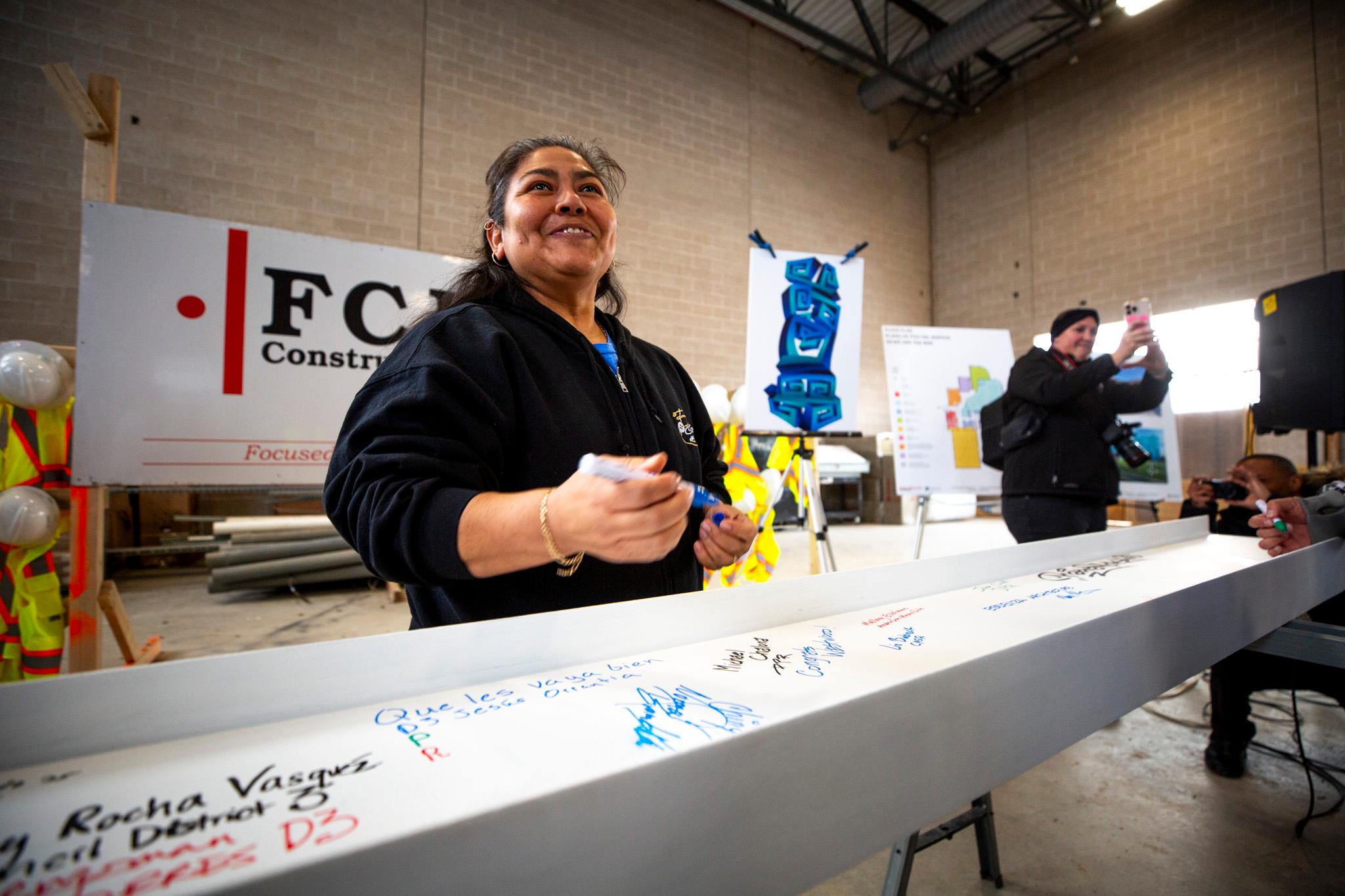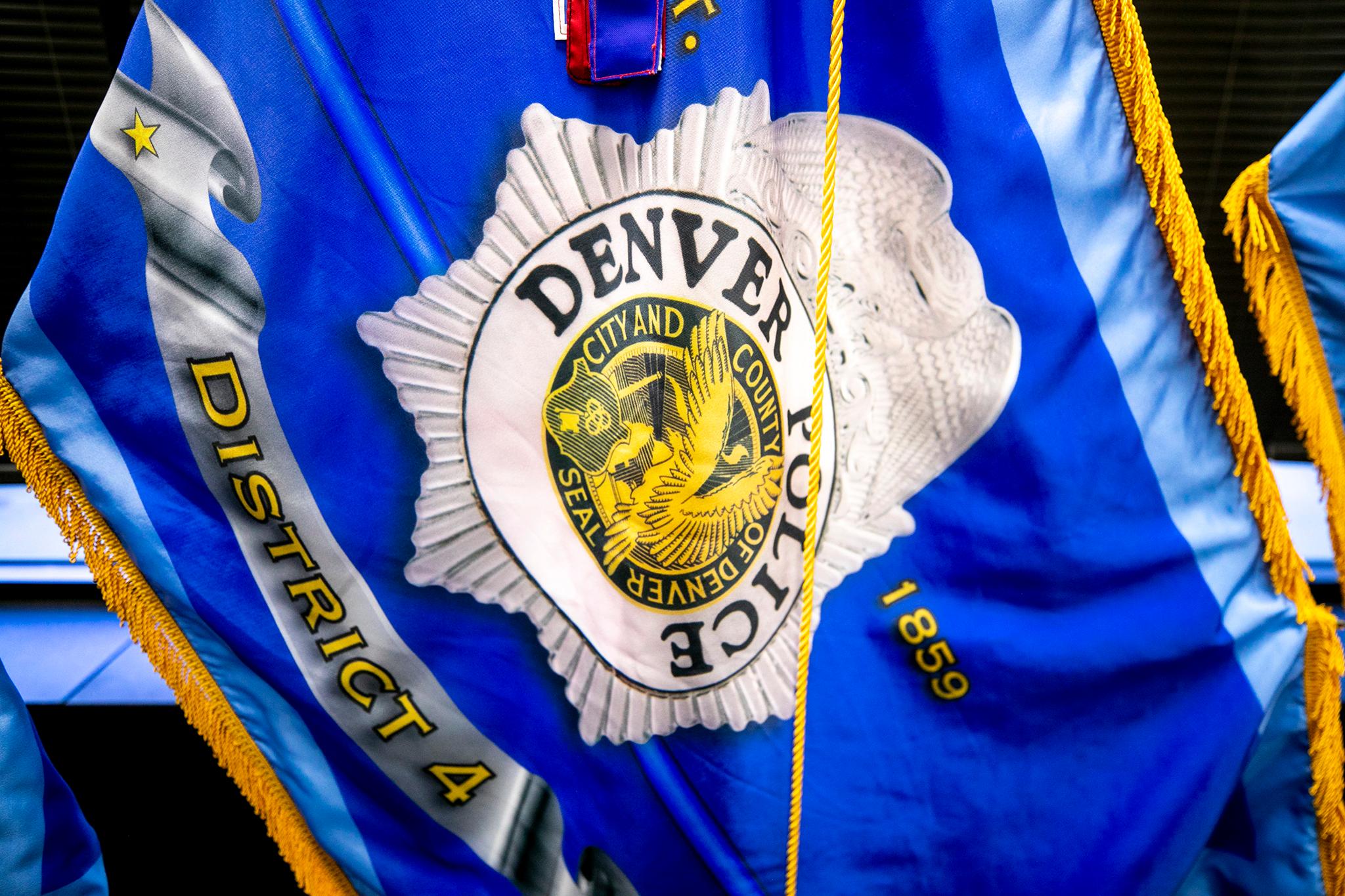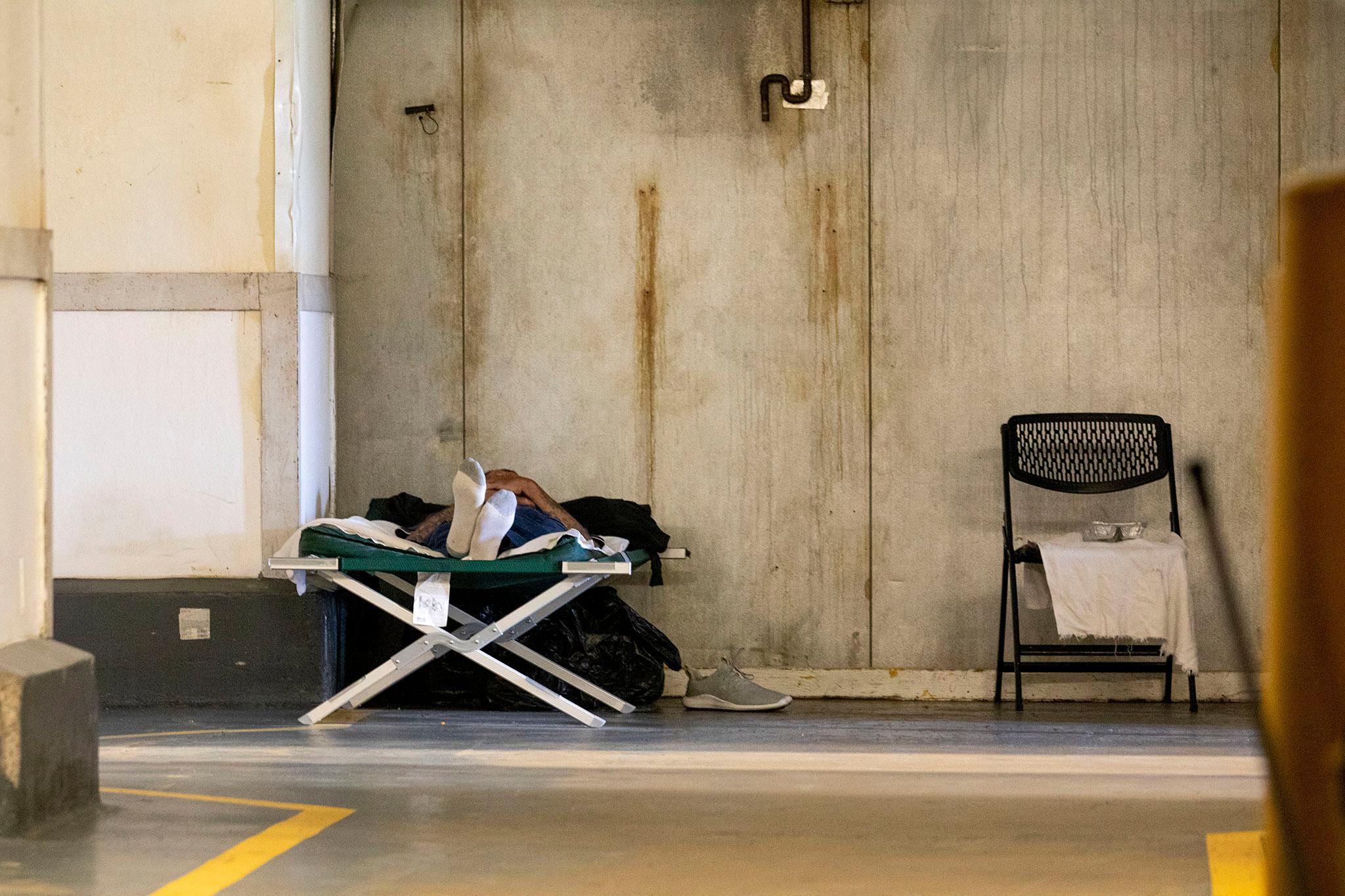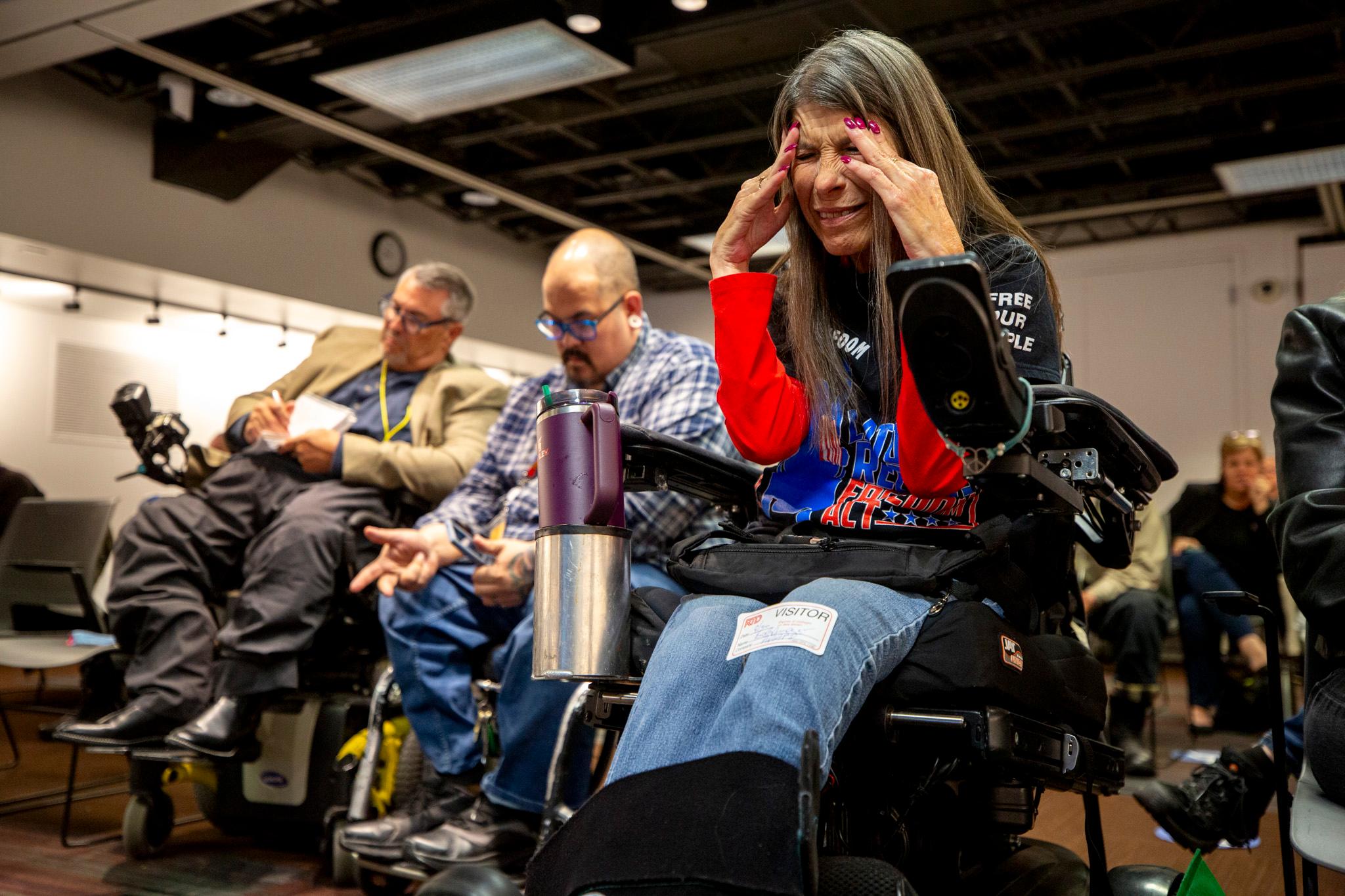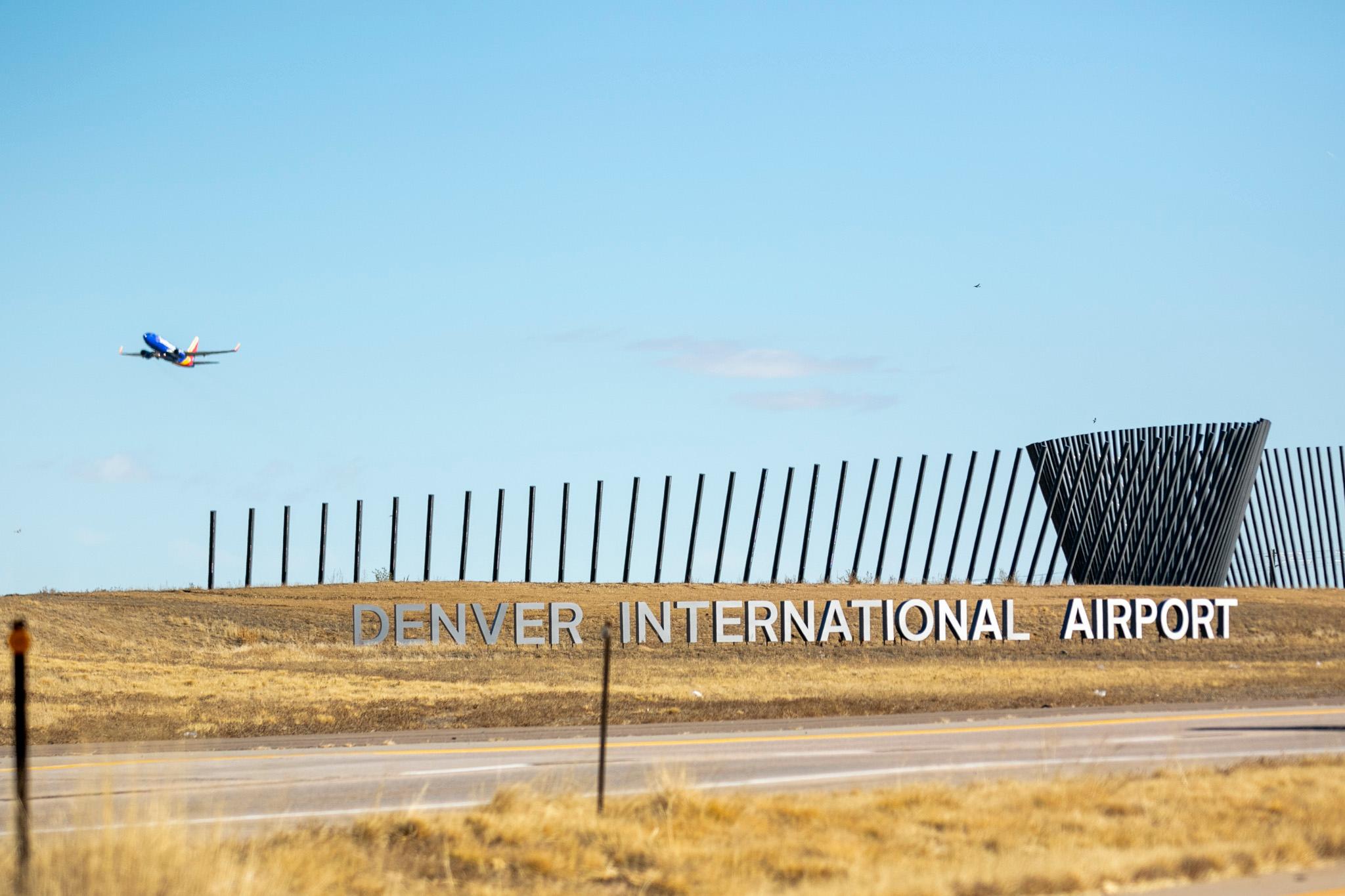Downtown Denver’s COVID-19 era slump is far from over. There are record-high office vacancies. Storefronts sit empty. People aren’t returning to work.
To fix it and make downtown “world class,” Denver City Council just passed a new Downtown Denver Area Plan — the first major downtown plan since 2007.
The plan passed the council 11-0, with members Jamie Torres and Stacie Gilmore absent. The vote wrapped up a two-year planning process.
“What we heard was that a vision for downtown must not just reflect the values of the people who live and work here, not just the people who have a direct stake in this place, but also anyone who has a fond memory of this place and the people who have yet to experience this place,” said Andrew Iltis, Senior Vice President, Downtown Denver Partnership.
Many residents said downtown needs to be safer, affordable and focused on play. During a long public comment period, city boosters from Visit Denver, the Denver Metro Chamber of Commerce, registered neighborhood groups asked the council to pass the plan.
Thousands of people shared their ideas for downtown in written comments and through public meetings.
The approved plan includes shorter-term projects like the redesigns of Civic Center Park, Glenarm Plaza and Skyline Park, along with long-term projects like the potential realignment of Cherry Creek and Speer Boulevard, two-way streets through downtown, a reimagining of Broadway and a new Broadway Park.

The goals of the plan are to improve public safety, affordability, downtown governance structures, fill local businesses and office spaces, and connections between downtown and the rest of the city.
Ryan Ross, a Denver businessman who proposed a gondola through the center of the city, described the plan as “deeply flawed” and argued the public was not thoroughly engaged.
“The plan, as you know from having read it, consists of a long series of micro projects that even collectively won't do much to get the vibrancy that we need in downtown, to get it back on its feet,” Ross said.
Why all the focus on downtown?
While the city center comprises less than 2 percent of the city’s land, it generates more than a fifth of the sales tax that pays for city government.
“When downtown falters, Denver feels it,” Councilmember Chris Hinds said. “When downtown thrives, the whole city benefits.”
Around 34,000 people live in the city center, with 53 million people visiting just last year.
In the decades to come, the city center may expand into Auraria, along the South Platte, with Stan Kroenke’s development plans for the Ball Arena parking lots and the proposed River Mile district, potentially doubling the population of downtown.
A vision, boosters say, is needed.
What will the new plan do?
The plan aims to make downtown “the nation’s largest signature ‘play’ district.”
How? Events, art, food trucks, better parks and plazas, hang-out and fitness areas, pedestrian-oriented shopping and dining, creative lighting, digital games and musical installations, and enough security for everybody – including children – to feel safe.
It also calls for a focus on arts, culture and history, environmentally resilient design, child care and affordable housing, according to the plan.
But council members still have doubts and questions.
Councilmember Flor Alvidrez raised a pressing concern informed by a recent walk with her son through downtown.
“It felt like he was constantly going to get in trouble, or someone was going to come out and get mad at him for being a kid downtown,” Alvidrez said. “There wasn't any other children when we were around Skyline Park, and there was, you know, human feces and urine.”
The new downtown plan does not mention public restrooms, of which there are only a handful downtown.

“People experiencing homelessness are always going to go downtown because it's where there's transit and resources and people, and ignoring that reality creates an unsafe, uncomfortable condition for everyone, especially families, when we're trying to be a family-friendly city instead of meeting human needs,” Alvidrez said.
Downtown could also offer more child care centers, schools and free public amenities like a library extension, she said.
Other council members raised concerns about whether the L Line — the light rail through Five Points — would be maintained. Would converting Broadway into a park create traffic problems? And was downtown getting outsized attention compared to other neighborhoods that have no plans at all?
“We need to invest in the other 78 neighborhoods that we have in Denver,” Council President Amanda Sandoval said.

